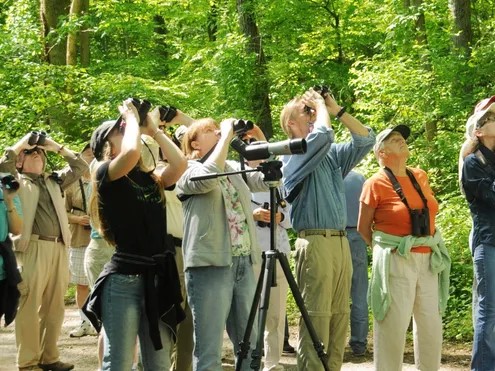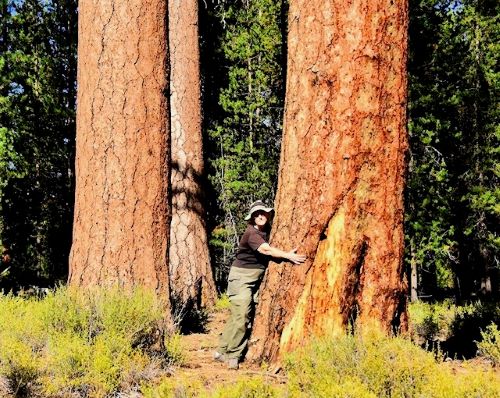The 3rd Saturday Bird Outing on July 20 will be at Clearwater Park in Springfield…
An alarming new report by National Audubon Society (NAS) reveals that hundreds of bird species are threatened by global warming. NAS ornithologists spent seven years studying 588 bird species and found that 314 face significant risk in a warming world. Of those, 126 species are at risk of severe declines by 2050, and a further 188 species face the same fate by 2080, with numerous extinctions possible if global warming is allowed to erase the havens birds currently occupy. To understand the links between where birds live and the climatic conditions that support them, the NAS ornithologists analyzed more than 40 years of historical North American climate data and millions of historical bird records from the U.S. Geological Survey’s North American Breeding Bird Survey and the Audubon Christmas Bird Count. Understanding those links allows scientists to project where birds are likely to be able to survive—and not survive—in the future.
If we do nothing, many of these birds could disappear in our children’s lifetimes. The extinction by itself would result in a less joyful future, but we know that losing our birds is not the only consequence of global warming. Extreme weather, fierce wildfires, agricultural disruptions, sea-level rise, and greater threats to our health—these are consequences we’re already seeing today. (As I write this, the smoke from fires near Eugene makes the outdoors unpleasant and unhealthy.)
To me, this is personal. This is about who I am and what kind of world I want to live in and leave behind. We have an imperative to act. And the NAS study, despite wildly clanging alarm bells, also contains plenty of reasons to hope. It’s a roadmap to a better future for birds and for ourselves.
Broadly speaking, we need to do two things: First, we need to protect the places birds need today and the places they’ll need in the future. The places birds live today may be bridges to the future. The NAS study also reveals areas that are likely to remain stable for birds even as the climate changes, enabling us to identify “stronghold” areas that birds will need to survive in the future. This is a powerful new approach that will help us make smart conservation investments in places that will help birds weather the disruption of climate change.
Second, we must make progress in reducing pollution and using energy more efficiently. Actions like these will help reduce the severity of global warming. Let’s work together and make intelligent choices to create a better future for all of us.
To see more details of the NAS study, go to Audubon.org/Climate.



